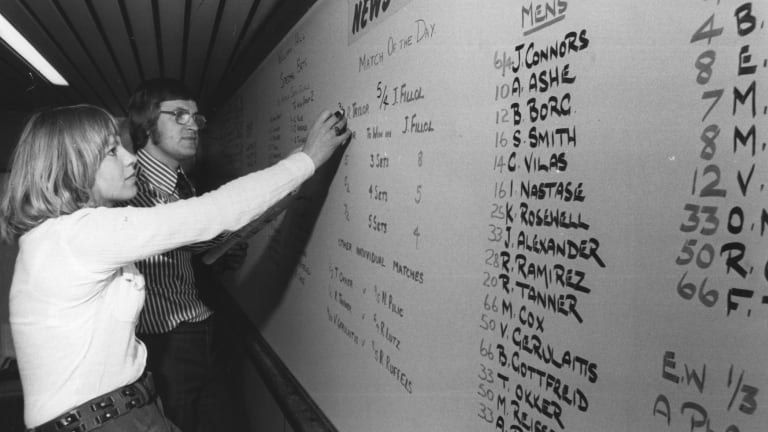Betting 101
Betting 101: Gaining an understanding of what the odds actually mean
By Feb 01, 2023Betting 101
Betting 101: Learning how to play the futures market
By Feb 24, 2023Betting 101
Betting 101: Understanding how to bet on totals
By Feb 12, 2023Betting 101
Betting 101: What it means to bet the spread
By Feb 08, 2023ATP Barcelona, Spain
Play suspended in Barcelona when the wrong racquet gets taken for stringing
By Apr 17, 2025Pop Culture
Serena Williams named to Time's 100 most influential people ... and Coco Gauff approves!
By Apr 17, 2025WTA Stuttgart, Germany
Jelena Ostapenko tops Emma Navarro for Iga Swiatek Stuttgart clash; Coco Gauff, Jessica Pegula roll
By Apr 17, 2025ATP Munich, Germany
Who is Diego Dedura-Palomero? Meet Germany’s latest teenage star
By Apr 17, 2025Roland Garros
Rafael Nadal to be honored with 'exceptional' tribute on opening day of Roland Garros
By Apr 17, 2025Lifestyle
Mirra Andreeva belts 'Happy Birthday' song to coach Conchita Martinez in Stuttgart
By Apr 16, 2025Betting 101
Betting 101: Gaining an understanding of what the odds actually mean
Plus and minus are basics of math, as well as sports gambling.
Published Feb 01, 2023
Advertising
Advertising

Bookmakers chalk up the odds for the winner of the 1975 men's Wimbledon tournament, at the William Hill betting shop.
© Getty Images